You’ve probably noticed how some plants thrive in your neighbor’s garden but struggle in yours, despite your best efforts. I’ve been there too! The secret often lies beneath your feet—in the soil itself. Whether you’re dealing with sticky clay that holds water like a sponge or sandy soil that drains faster than you can say “thirsty plants,” understanding what you’re working with changes everything. Getting to know your soil type isn’t just garden geekery; it’s the foundation for growing success that’ll convert your outdoor space from frustrating to flourishing.
The Four Main Soil Types: Clay, Silt, Sand, and Loam

Every successful garden begins with understanding what’s beneath your feet. I’ve found that knowing your soil type alters your gardening experience!
Clay soils (particles under 0.002mm) hold moisture but drain slowly, while sandy soils (0.05-2mm) drain quickly but lack nutrients. Silt (0.002-0.05mm) strikes a middle ground.
You’ll love working with loam—it’s nature’s perfect mixture, balancing moisture retention and drainage.
How to Identify Your Soil Type at Home

While gardening catalogs showcase perfect plants, I’ve learned that success actually begins with what’s under your fingernails—your soil!
Get your hands dirty! Feel the soil texture between your fingers—gritty is sandy, sticky is clay, smooth is silt. Try the jar test by shaking soil with water, or the vinegar test to check acidity. Watch your soil drainage and note its color—dark usually means more organic matter!
Working With Clay Soil: Challenges and Solutions

After identifying your soil type, you might find yourself with the gardener’s equivalent of a stubborn mule—clay soil! Don’t worry! I’ve altered many clay patches into thriving gardens. Your clay’s nutrient-rich nature is actually a hidden blessing.
Mix in plenty of organic matter like compost to improve soil structure, drainage, and aeration. This magic combination enhances nutrient availability while creating a more workable consistency. Remember, proper soil management includes never tilling when wet!
Maximizing Growth in Sandy Soil
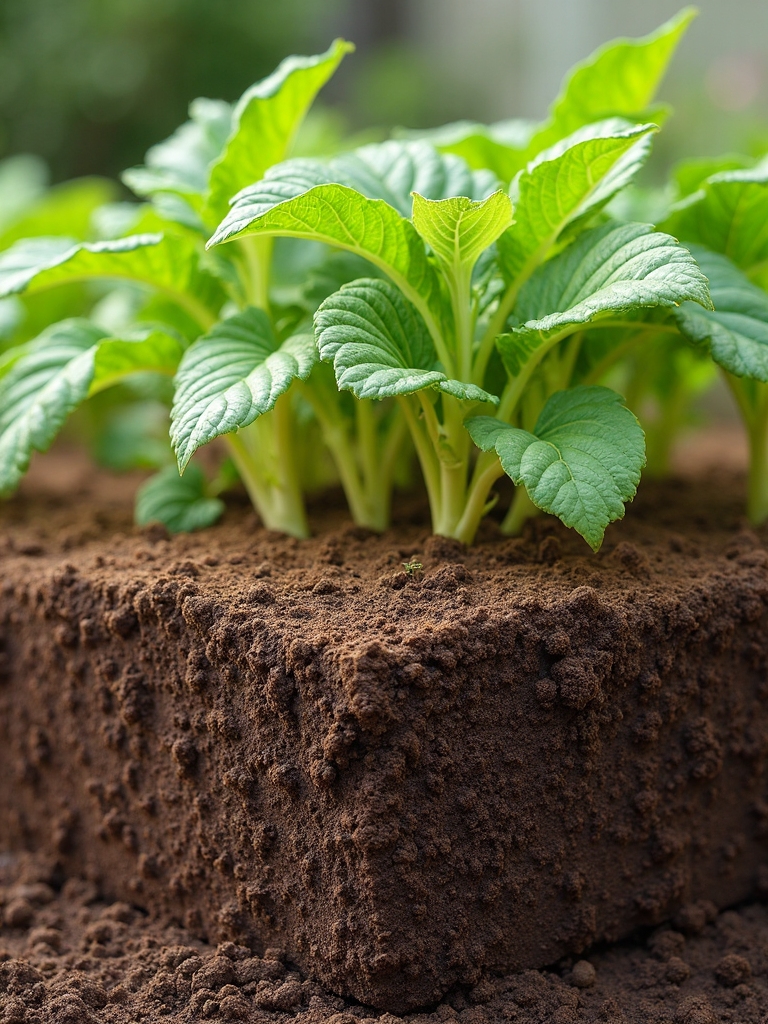
Have you ever watered your garden only to watch moisture disappear like money on payday? You’re dealing with sandy soil! I’ve learned that these soil types drain quickly but lack nutrients.
To improve soil structure, add organic matter like compost or aged manure. This helps sandy soil retain moisture and augment plant growth. I’ve found that mulching with wood chips works wonders too!
Managing Silt Soil for Optimal Plant Health
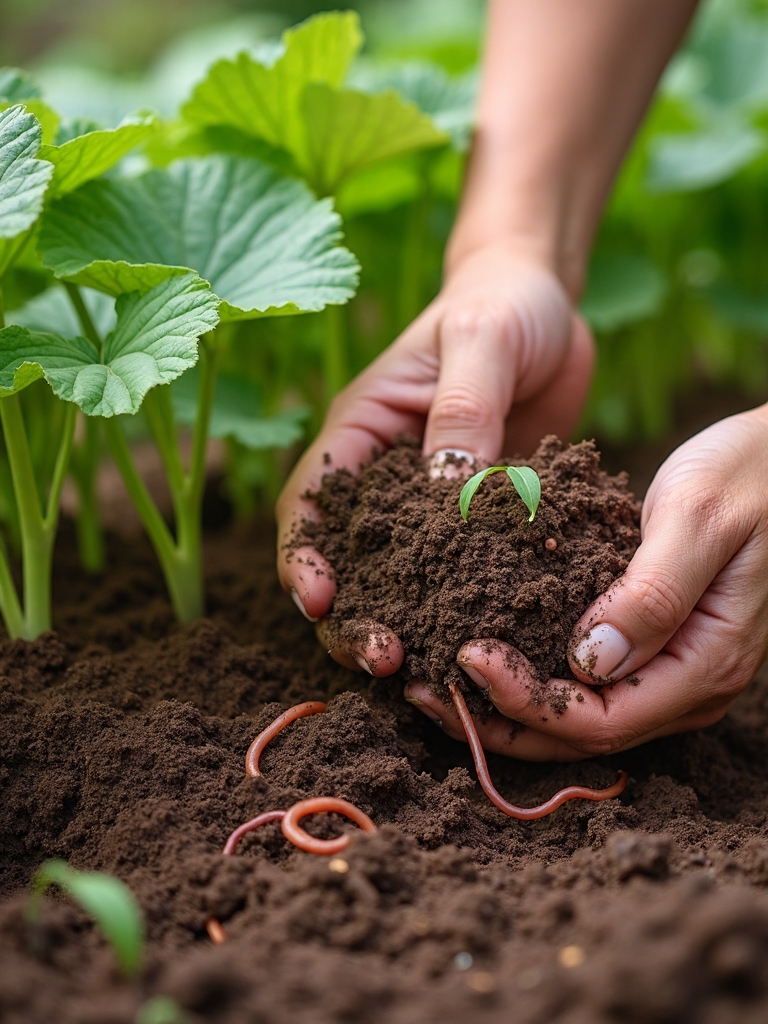
The silky-smooth texture of silt soil might feel luxurious between your fingers, but it comes with its own set of challenges!
I’ve found that preventing soil compaction is your biggest priority. Add plenty of organic matter to improve soil structure—it’s like giving your soil a backbone!
While silt soils offer great nutrients and water-holding capacity, don’t forget proper drainage to avoid waterlogged roots.
The Benefits of Loamy Soil for Gardeners
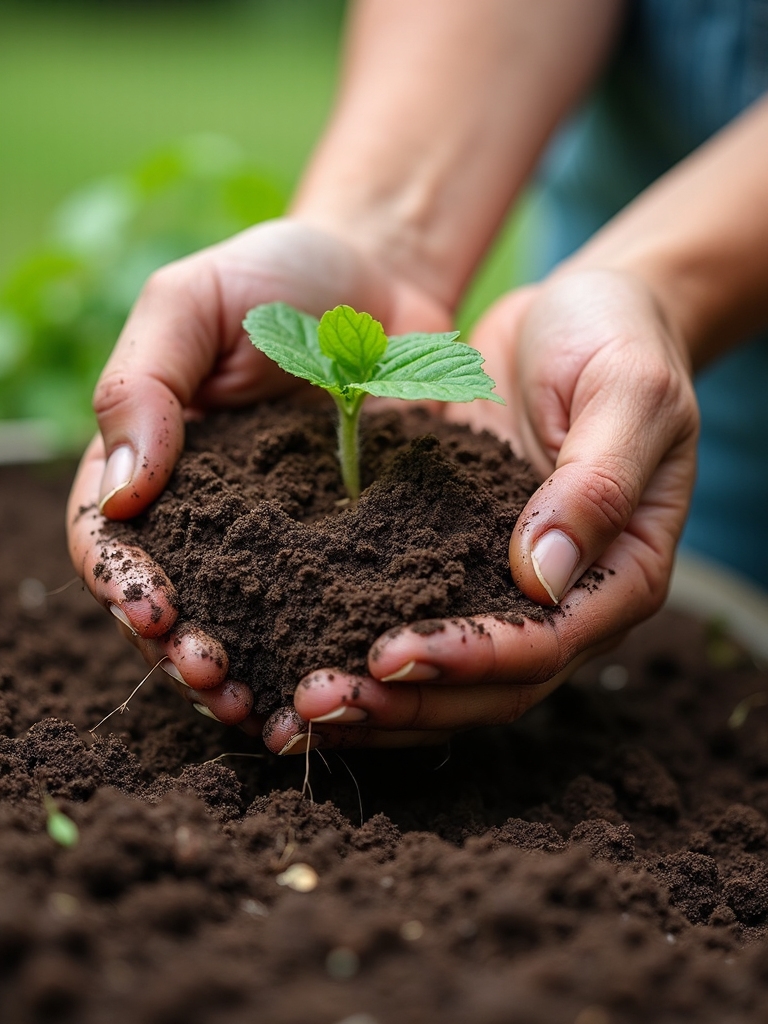
When gardeners dream of perfect soil, they’re usually imagining loamy soil without even knowing it! I’ve found this rich, crumbly mixture to be a plant paradise.
Your garden thrives because loamy soil balances drainage with moisture retention while housing beneficial microorganisms. It’s packed with nutrients, warms quickly in spring, and won’t compact easily.
Just add organic matter regularly to maintain its magical properties!
Testing and Adjusting Soil Ph Levels
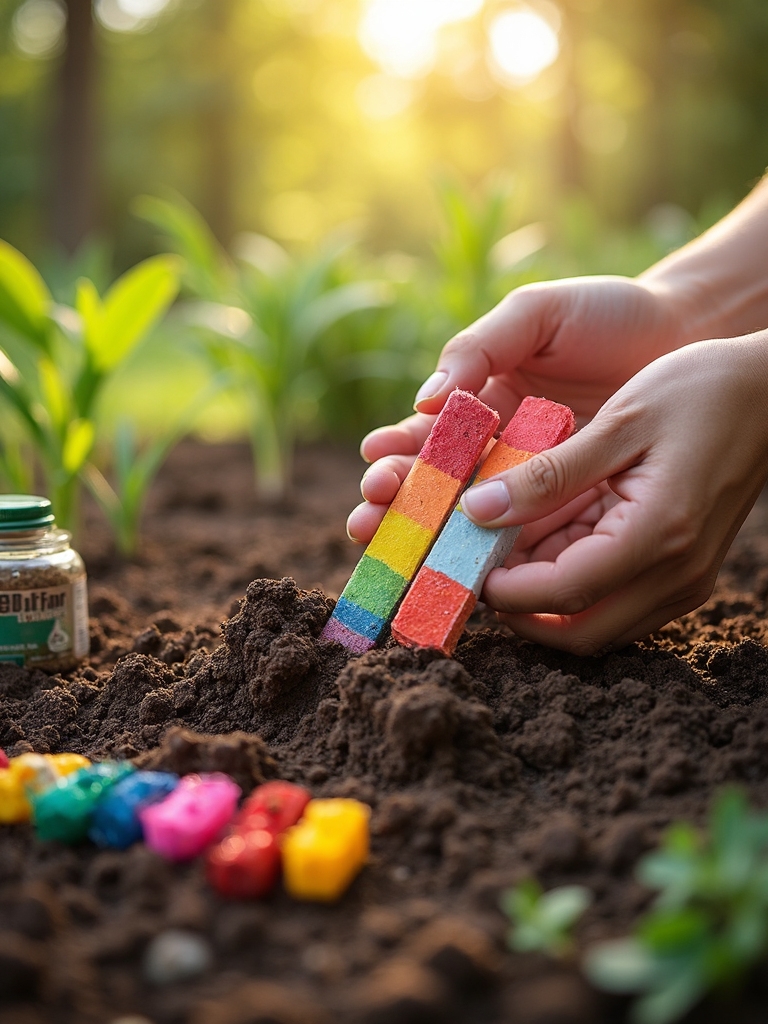
Since I unearthed the importance of soil pH testing, my gardening success has skyrocketed!
You’ll want to check if your soil is acidic (below 7) or alkaline (above 7). For acidic soil, sprinkle lime to raise the pH. If it’s too alkaline, add sulfur to bring it down.
Trust me, amending soil properly liberates nutrients for your plants! I’ve seen wilting tomatoes metamorphose into productive powerhouses just by balancing their pH.
Adding Organic Matter to Improve Any Soil Type
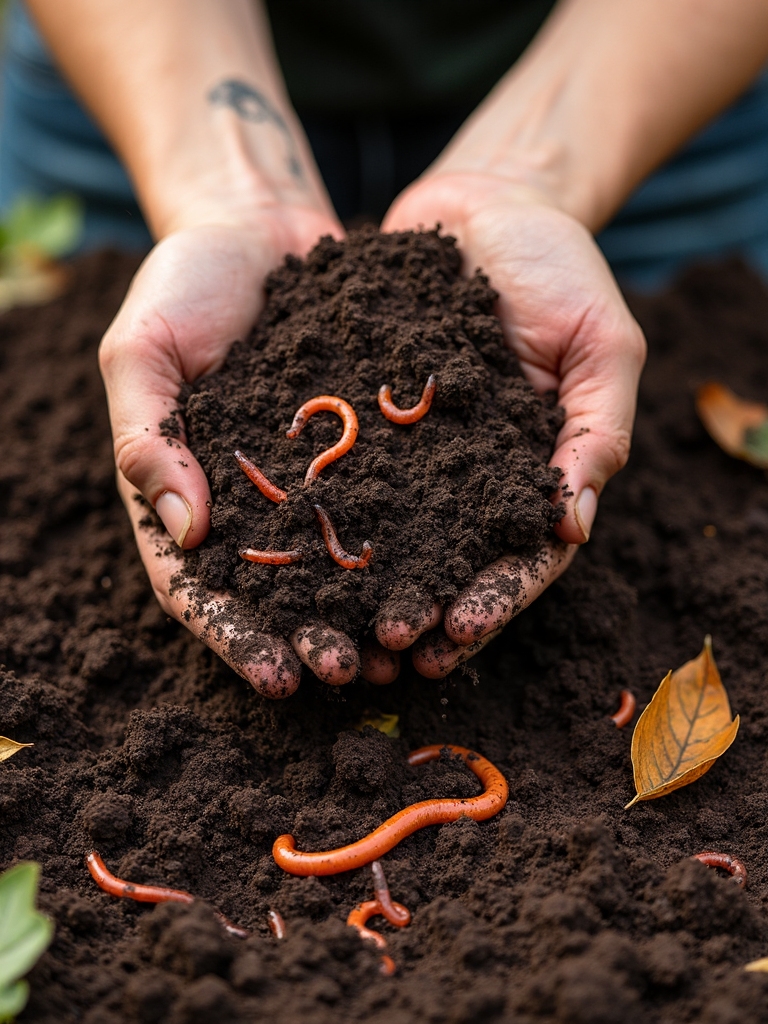
After learning about pH balance, I unearthed that organic matter is truly the miracle ingredient for any struggling garden! Whether you’re dealing with sandy, clay, or silt soil types, adding compost works wonders. You’ll see improved water retention, enhanced nutrient content, better drainage, and proper aeration.
I’ve found that mixing in organic materials alters soil structure almost magically—like giving your garden a spa treatment!
Essential Nutrients and Minerals for Healthy Soil

Though I’ve become somewhat of a soil enthusiast over the years, I didn’t always appreciate the complex concerto of nutrients playing beneath our feet!
Your plants need three superstars: nitrogen, phosphorus, and potassium. But don’t forget calcium and magnesium, which balance soil pH beautifully. I’ve found that adding organic matter works wonders—it’s like a time-release capsule for all these nutrients. Trust me, your garden will thank you!
Selecting the Right Plants for Your Soil Type
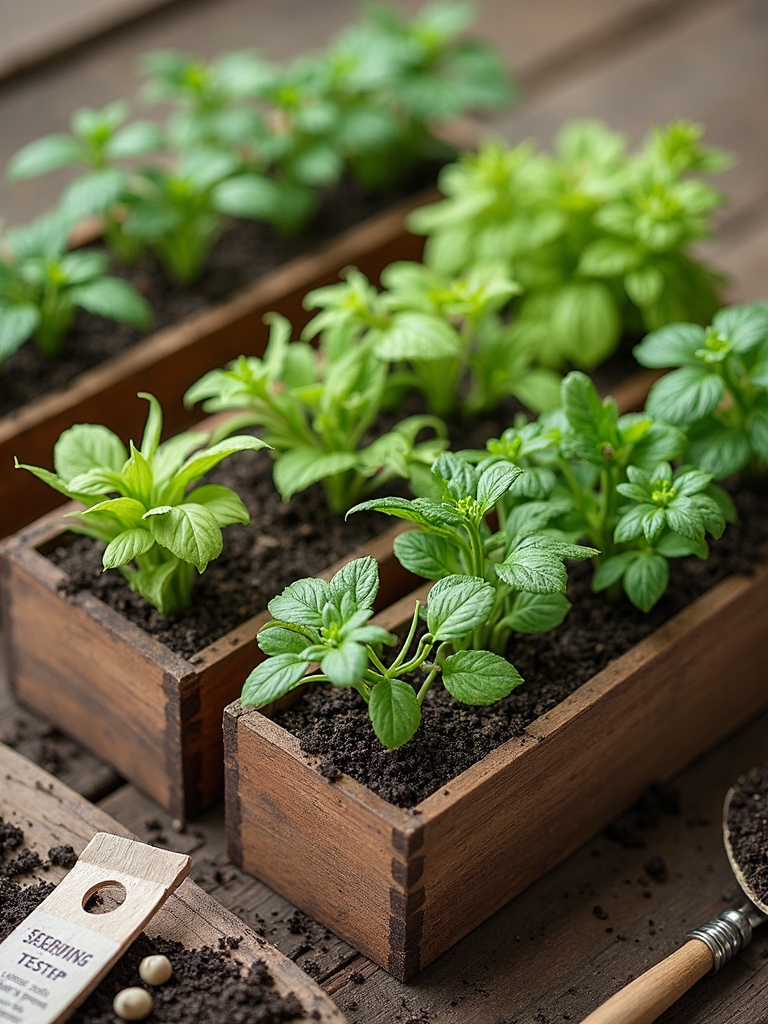
When I first started gardening, I made the classic rookie mistake of trying to grow whatever plants caught my eye, regardless of whether they’d actually thrive in my backyard!
To succeed, you’ve got to understand your soil. Sandy soils drain quickly and need drought-tolerant plants, while clay soils benefit from heavy feeders once amended. Loamy soil is the gardener’s dream—perfect for almost any type of soil-loving plant!
Seasonal Soil Care and Maintenance Practices
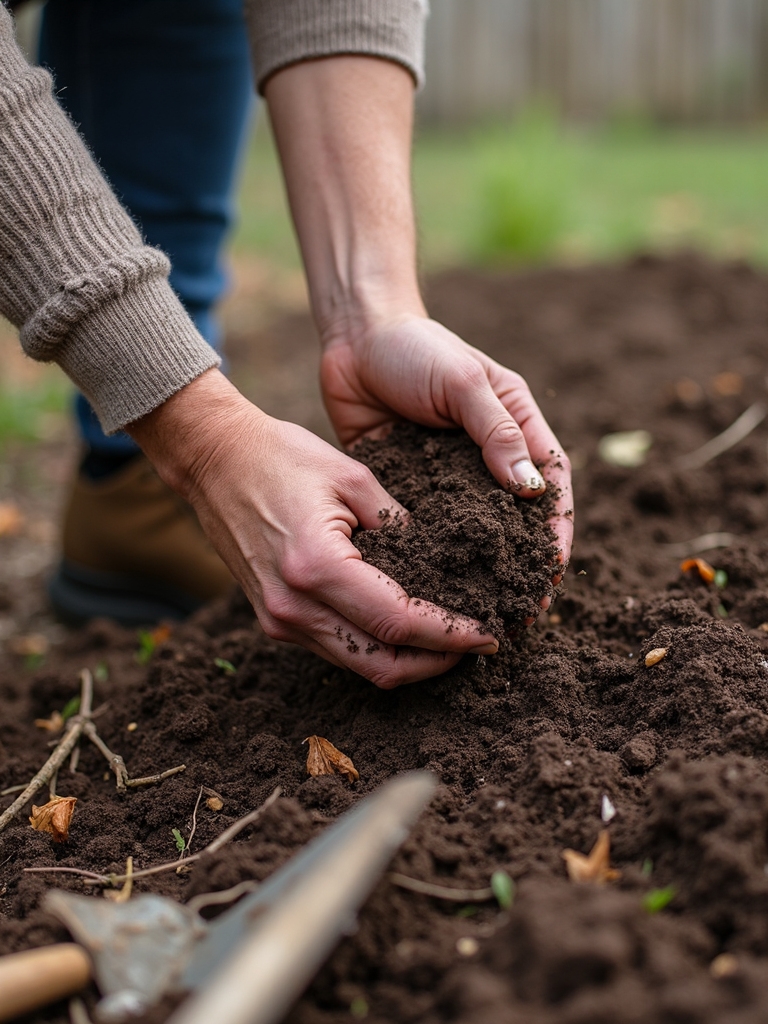
Why do so many gardeners ignore their soil until problems appear? I’ve learned that healthy soils need year-round attention!
In fall, mix in organic matter to improve soil texture.
Come spring, check your soil pH and aerate compacted areas.
Summer calls for mulching to retain moisture.
Don’t forget crop rotation—it’s your secret weapon for replenishing soil nutrients and breaking pest cycles.
Building Long-Term Soil Health With Crop Rotation
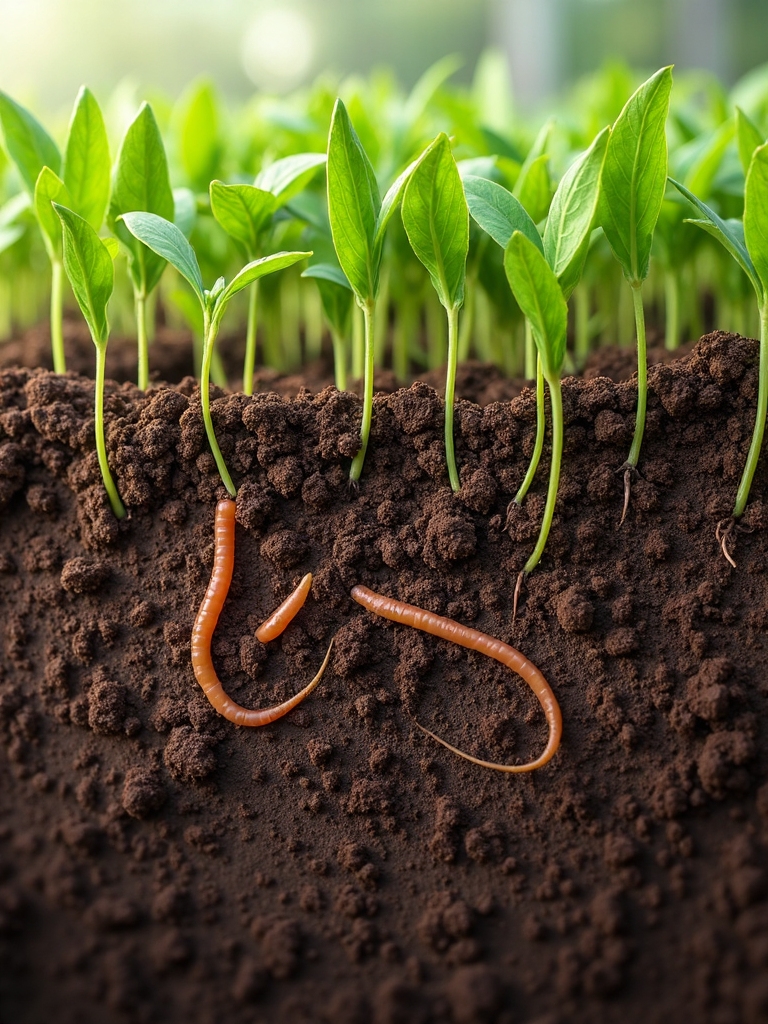
After years of gardening, I’ve unearthed that crop rotation isn’t just a fancy technique—it’s the cornerstone of sustainable soil management!
You’ll plunge even heavy clay soil by alternating plant families. I’ve seen how deep root systems of legumes followed by brassicas reduce soil erosion dramatically.
When you add compost between rotations, your soil is rich in diverse microorganisms. This partnership creates a healthy plant cycle that’s truly magical!
Frequently Asked Questions
How Can I Improve My Soil Structure?
To improve your soil structure, add organic matter, test soil pH, aerate compacted soil, use cover crops, till in amendments, add compost, and improve drainage. You’ll create healthier growing conditions for plants.
What Are the 7 Types of Soil?
You’ll find seven main soil types: sandy soil (drains quickly), clay soil (retains water), loamy soil (balanced mix), peat soil (organic-rich), silt soil (fertile), chalky soil (alkaline), and acidic soil (low pH).
What Are the 4 Main Types of Soil?
You’ll find sand, clay, silt, and loam as the four main soil types. Sandy loam and silty clay are variants, while calcareous, peat-based, clay-based soils differ in drainage and nutrients. Choose well-draining, nutrient-rich soil for best results.
What Is the Fastest Way to Improve Soil Quality?
You’ll improve soil quality fastest by adding organic matter like compost, aerating compacted soil, using cover crops, testing soil pH, and applying targeted fertilizers. Implementing crop rotation also enhances soil health over time.
Conclusion
You’re now equipped to alter any patch of earth into a gardener’s oasis! Remember, your soil isn’t just dirt—it’s a living ecosystem that needs your care. Start small, experiment with different amendments, and watch your garden flourish. Whether you’re dealing with stubborn clay or loose sand, you’ve got the knowledge to overcome these challenges. Your plants will thank you with lush growth and plentiful harvests!
